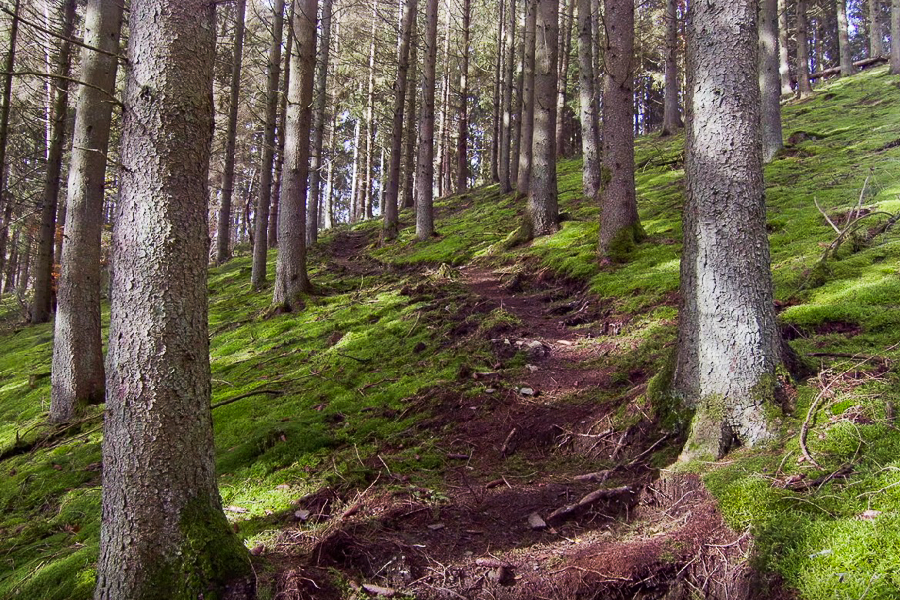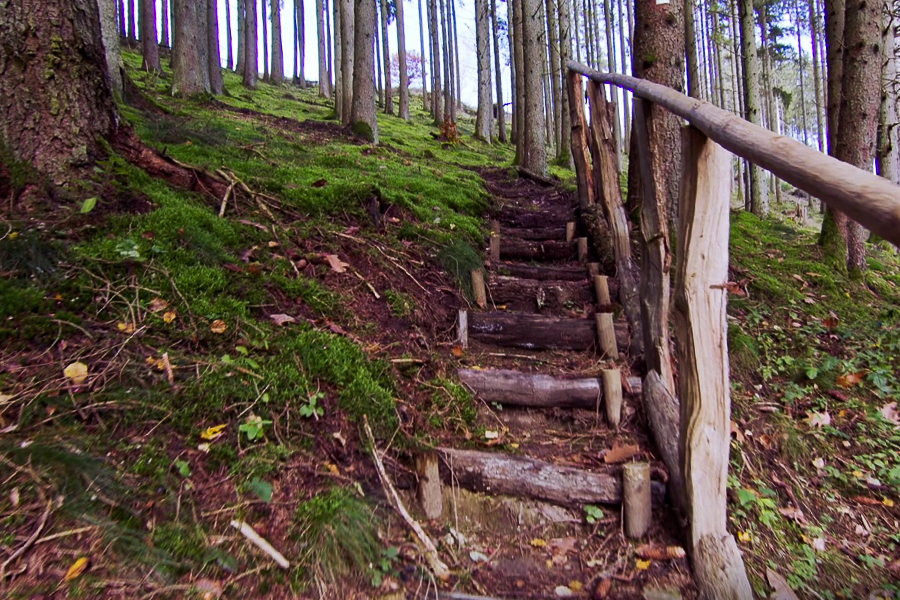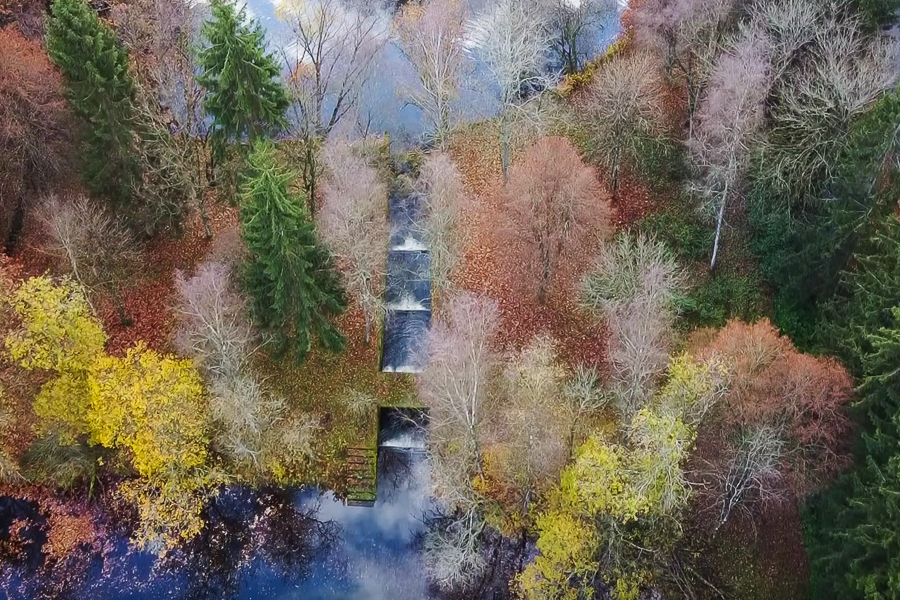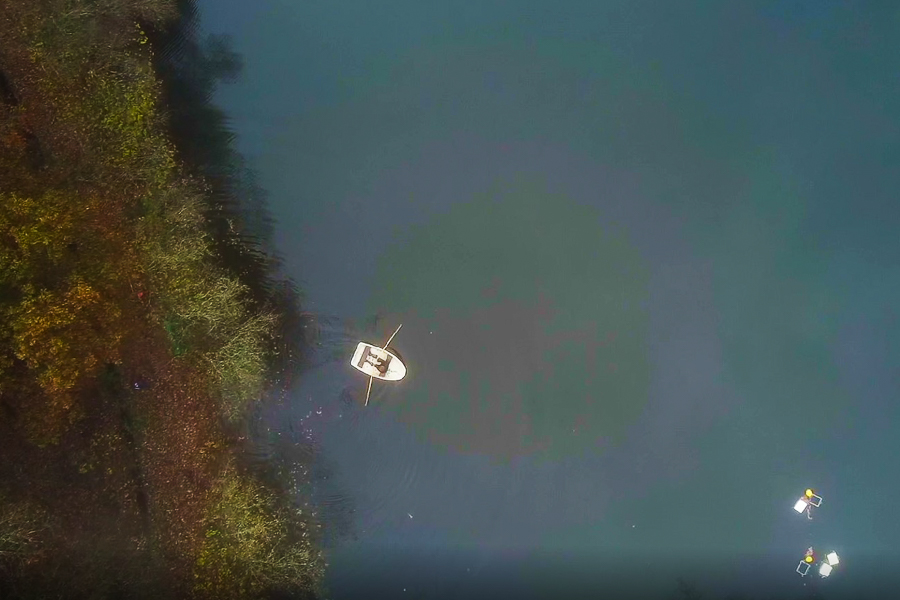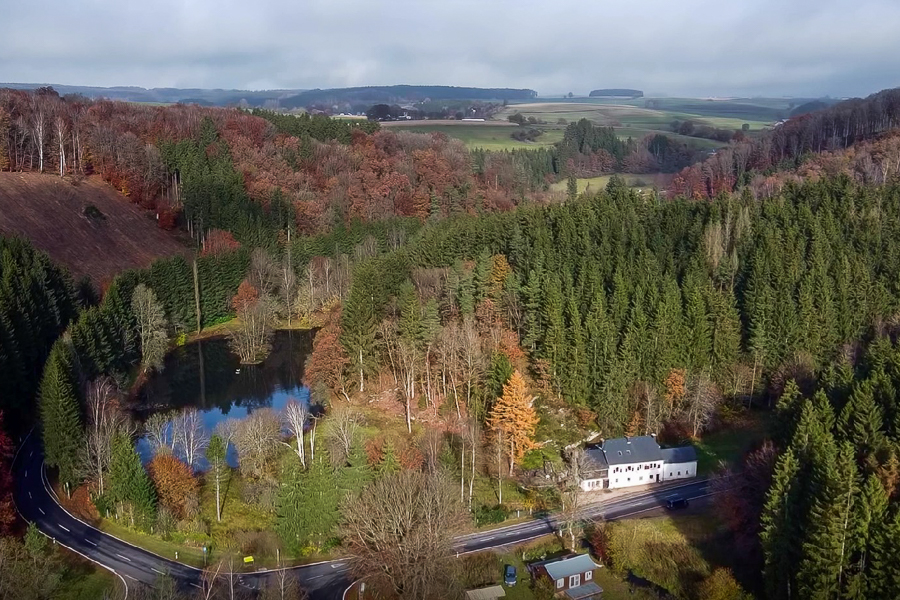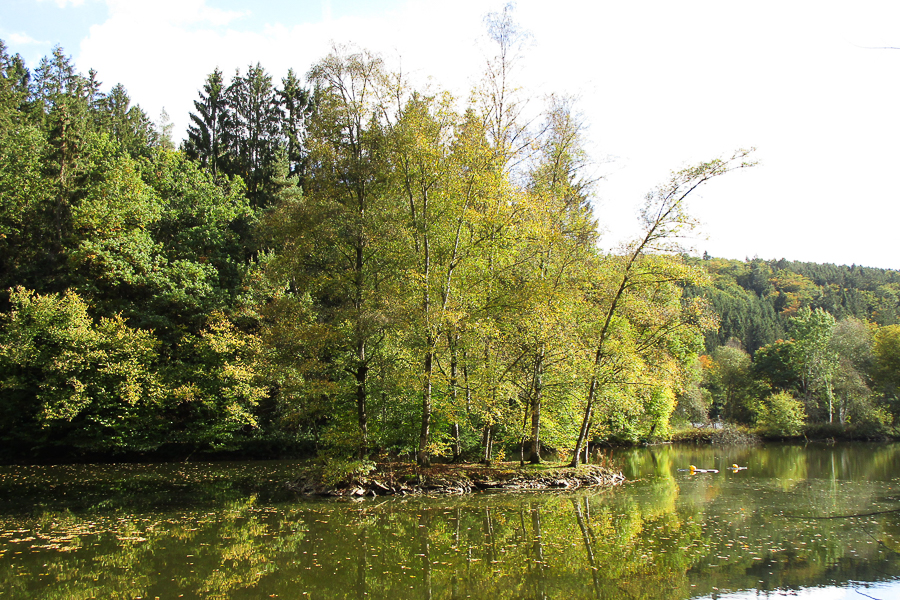 Credit: natur&ëmwelt
Credit: natur&ëmwelt
Luxembourg has what is known as a Temperate Climate in which winters are generally mild and summers comparatively cool, with rainfall that can be high; its flora and fauna have thrived in and adapted to this climate over the centuries and millennia, with ongoing challenges due to pollution and recent climate change, as well as the introduction of non-native species, resulting in disruptions to the norm.
Nevertheless, with various initiatives and organisations helping the ecosystem and habitat, including sustainability and re-wilding, there is a lot happening in nature across the Grand Duchy.
Chronicle.lu has teamed up with natur&ëmwelt (the non-profit organisation (naturemwelt), the foundation (Hëllef fir d'Natur) and the Wildlife Care Centre (Flegeestatioun) for a series of articles on Luxembourg's nature reserves, in which we look at the natural habitats that preserve biodiversity and protect ecosystems from development, pollution and intensive agriculture.
No. 4 in this series focuses on Rossmillen.
The Rossmillen site, a contiguous eighteen-hectare reserve acquired in 2020 near Binsfeld, sits at the confluence of the "Wemperbaach" and the "Milleschleed". This property is defined by its key feature: three large fishponds bordered by an adjacent park and forest area. The area's landscape structure dates back to 1971 when Hans-Joachim Schreiber first developed the park and the three extensive fishponds, features that remain central to the site's ecological purpose today.
A Haven for Avian Life and Future Water Restoration
The combination of the large water surfaces and the upstream wet meadow constitutes a vital resting and breeding ground for numerous wetland-adapted bird species. To further enhance this aquatic environment, the foundation is planning a comprehensive renaturation of the Wemperbaach stream and the ponds in collaboration with responsible authorities. This project aims to improve the entire wetland mosaic and facilitate fish migration. Ecological improvements are also slated for the surrounding park area.
Sustainable Forestry: Prioritising Natural Succession
The forest zone at Rossmillen spans both sides of a rocky ridge, showcasing a diverse mix of forest communities. This includes oak coppice, beech stands, various stages of deciduous forest succession, as well as plantations of maple, oak, Douglas fir, and spruce. A commitment to sustainable, near-natural forest management guides all interventions in this area, strictly prohibiting large-scale clearcuts. This cautious approach is essential to prevent excessive sediment runoff into the nearby waterways. Specifically, the mature spruce stands located in the valley floor are scheduled for conversion into riparian alder forest (Alnus glutinosa). Meanwhile, the conifer forests on the south-facing rocky slope are already undergoing management work aimed at developing a mixed deciduous forest canopy.
Aquatic Life and Habitat Interconnections
The managed ponds currently provide habitat for the Swan Mussel (Anodonta anatina), one of Europe’s largest freshwater mussels. This species lives partially buried in the sediment in low-current zones, thriving in the calmer waters created by the old fishponds. The ecological goals here support not only the large water features but also the surrounding habitats, such as the dry, siliceous forests on the rocky ridge.
Visitor Information: Exploring Rossmillen
Rossmillen is an area dedicated primarily to conservation management, but its scenic elements are accessible. The best time to visit is during spring and early summer, when bird activity is highest, and the park environment is at its greenest. Visitors interested in observing the wetland-adapted bird species should focus on the edges of the three large ponds. While the Wemperbaach stream renaturation is planned, current access allows viewing of the landscape transition. As the site management prioritises sustainable forestry over clearcutting, visitors will observe a richer, more varied forest structure than in intensively managed woods. Note that since the area is a working conservation reserve, respecting signage regarding private areas and active forestry zones is mandatory.


